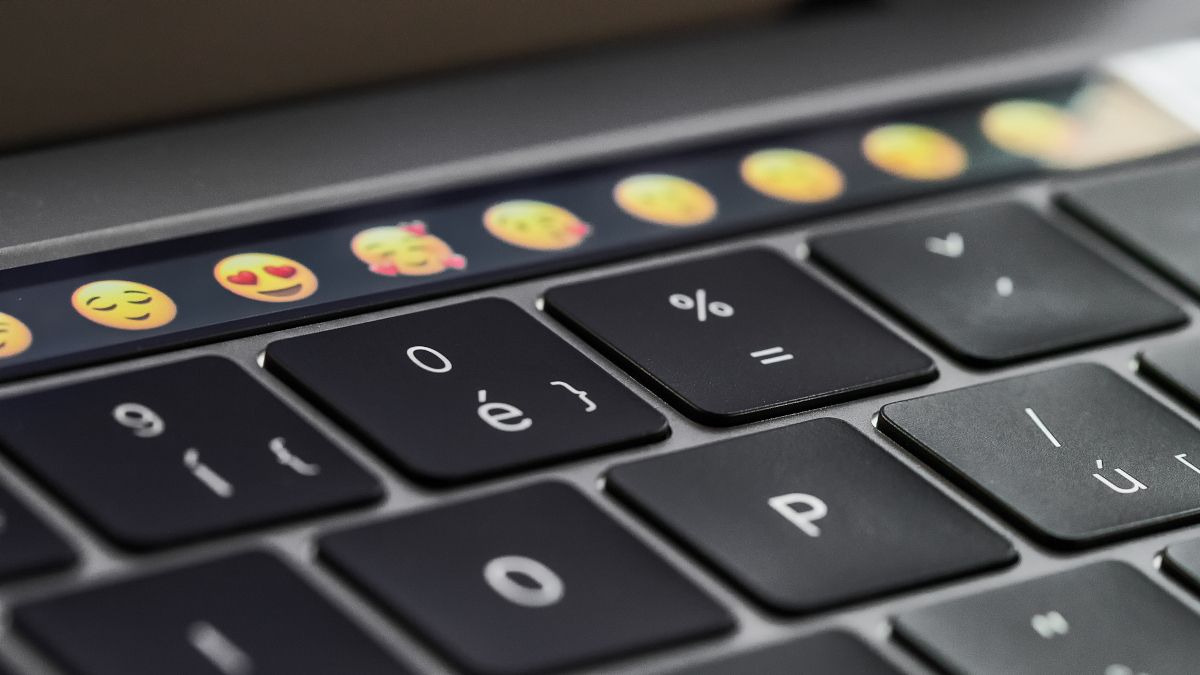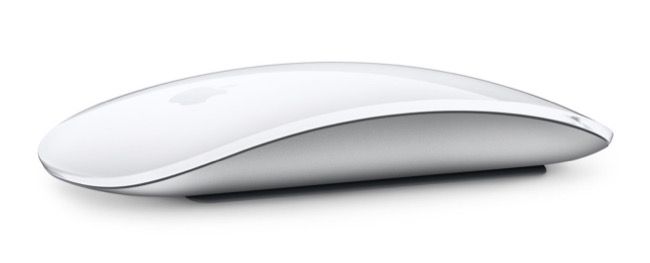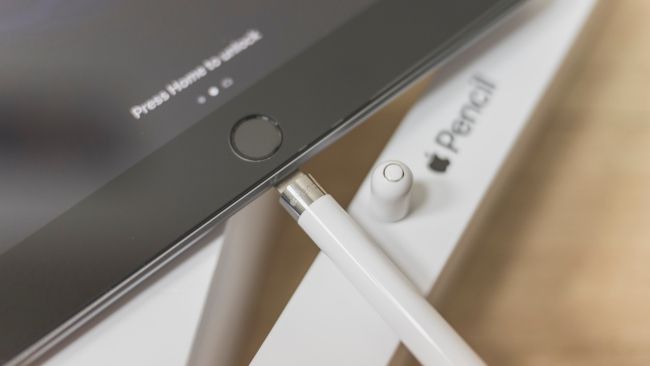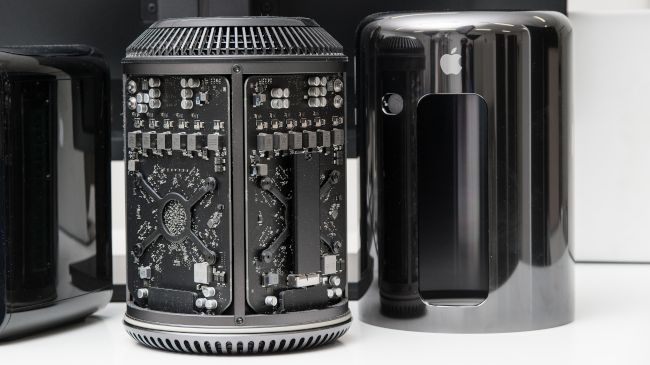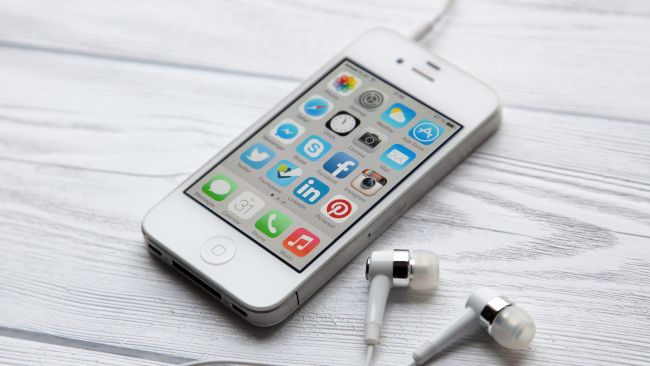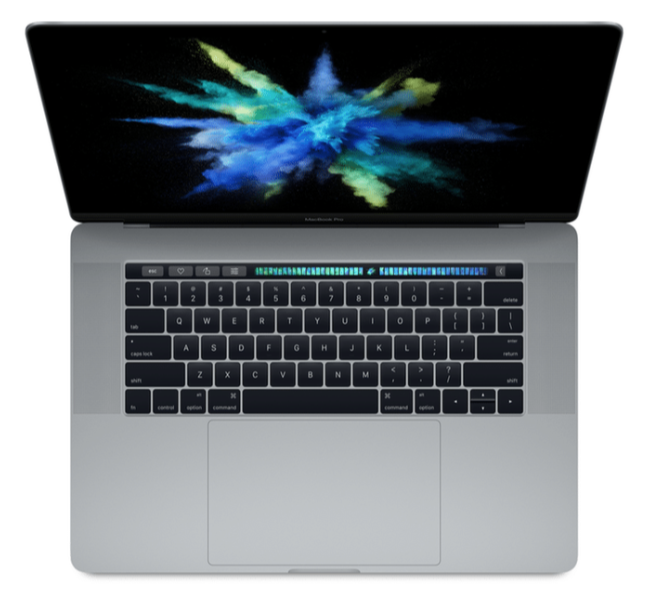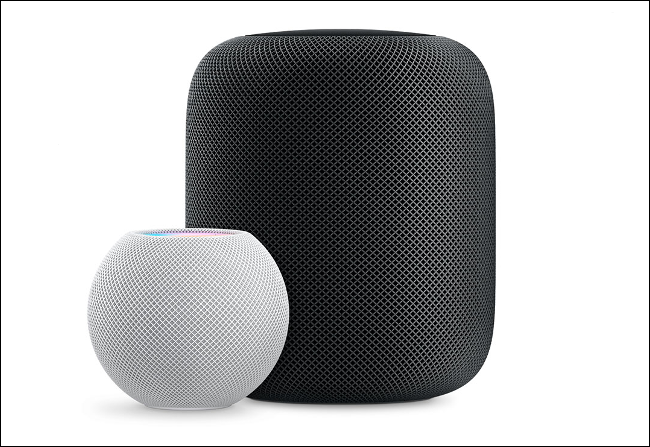Quick Links
Every tech company has its off days, Apple included. While the company designs highly sought-after and innovative products, there have been a few big missteps along the way.
Magic Mouse
We've said it before and we'll say it again: the Magic Mouse isn't the best pointing device for your Mac. Perhaps the most bizarre decision Apple made when designing this peripheral was putting the charging port on the bottom so you can't use it while charging. That's to say nothing of the fact that it's uncomfortable for all-day use due to its style-over-substance shape and design.
It provides less utility than the Magic Trackpad which costs around $50 more. macOS is an operating system that benefits heavily from gesture control, but the Magic Mouse is limited in this department. There's a one-finger pan, two-finger swipe, and a zoom gesture that requires you to hold the Control key on your keyboard. You miss out on swiping between desktops, quick access to Mission Control or App Exposé, and "show desktop" gestures accessible on the trackpad.
Compare it to one of our recommended workhorse mice like the Logitech MX Master 3 Advanced, which costs only around $20 more (unless you buy the black Magic Mouse, at which point the difference is only a few dollars). The Logitech features multiple scroll wheels, an ergonomic design that fits your palm, additional buttons, and your choice of dongle or Bluetooth connectivity.
If you're buying an iMac or want a pointing device to go with your MacBook or Mac mini, take our advice and ditch the Magic Mouse in favor of Apple's trackpad or a third-party alternative like the Logitech instead.
The MacBook Pro Touch Bar
The MacBook Pro with Touch Bar first appeared in 2016 but you can still buy one in 2022 with Apple's M2 chip (but you probably shouldn't). Even though Apple is still selling them at the time of writing, the Touch Bar is well on the way out with the revised 14 and 16-inch MacBook Pro lacking the feature entirely.
There was some method to the madness of Apple's decision to include the Touch Bar back in 2016. Context-sensitive controls can be useful, allowing developers to provide quick access to commonly-used functions with more flexibility than a simple keyboard shortcut. Unfortunately, the Touch Bar came at the cost of a far more useful feature: a row of physical function keys.
A Touch Bar that tries to do everything is no substitute for dedicated keys that allow you to quickly adjust your screen brightness, and sound volume, pause or skip a track, or mute everything in one press. On top of this, Apple got rid of the physical "Esc" key, with the only button on the top row being a combined fingerprint and power button.
In later revisions, Apple reinstated the "Esc" key but did nothing about the lack of function keys.
Apple Pencil (1st Generation)
The first-generation Apple Pencil is pretty good in terms of raw functionality and much of that was down to the way the iPad responds in kind. Latency is low, palm rejection is solid, and the stylus can do things like detect the angle at which you are holding the pen and the pressure you're using. So far, so good.
Unfortunately, things take a dive when it comes to charging your stylus. To charge the Pencil you first need to remove the detachable lid, under which you'll find a standard Lightning adapter. Put the Pencil into your iPad's charging port (yes, the whole thing) and have it hang out at a rather awkward angle until it's full. The lid is easily lost, the Lightning port feels like it could snap clean off, and the whole thing looks a bit ridiculous.
On top of this, the perfectly cylindrical design of the first-generation Apple Pencil causes it to roll off almost any surface. Fortunately, Apple improved on both of these design choices in the revised second-generation Apple Pencil. The newer version attaches magnetically, charges wirelessly, and has flat edges that prevent it from rolling off the table.
Unfortunately, the most recent base iPad models at the time of writing (the tenth and ninth generation) are only compatible with the first-generation Apple Pencil. Oh, and it still costs $99.
The "Trash Can" Mac Pro
The cylindrical Mac Pro was released in 2013 and quickly earned the "Trash Can" moniker for its shape and finish. The design is centered around a thermal dissipation core which is intended to suck air in through the bottom of the case and up out of the top to keep the internals cool. The idea of exhausting heat upwards in a "tower" format is a sound one and the concept can't be faulted on its own (just look at what Microsoft achieved with the Xbox Series X).
Unfortunately, the final design fell short of the company's thermal expectations and made upgrades difficult. In the years that followed, Apple's marketing vice president Phil Schiller went as far as admitting these mistakes, noting that "we designed ourselves into a bit of a thermal corner" with a design that was "designed to fit two smaller graphics chips" at a time when the industry moved in a different direction with big chunky NVIDIA GeForce and AMD Radeon graphics cards.
Unfortunately, the thermal issues caused by the design made it hard for Apple to upgrade the Mac Pro or offer customers meaningful upgrade paths. That's a big deal when you're selling a high-end desktop computer that needs to remain performant for its intended usage among professionals.
Eventually, Apple replaced the "Trash Can" with a more traditional rectangular block of aluminum, just like the first generation Mac Pro that appeared in 2006.
iPhone 4
The iPhone 4 was an excellent smartphone with one major flaw. Introduced in 2010 running iOS 4, the Apple A4-powered iPhone feels like a premium piece of tech even today. The chassis is made of weighty stainless steel with a glass back that, while prone to shattering, begs you not to bother with a case just so that you can enjoy the feel in your hand.
Unfortunately, the iPhone 4 suffered from a highly publicized antenna issue that reared its head when users covered the antenna on the lower left edge of the phone. Bridging this gap would result in diminished signal quality, especially in areas with poor cellular reception, and in the worst-case scenario could lead to dropped calls.
It wasn't long before the "you're holding it wrong" memes started to fly, with Apple attempting to correct its mistake by offering all iPhone 4 customers a free "bumper" to solve the issue. This thin plastic and rubber case ran around the edge of the iPhone 4, providing access to buttons and the charging port, preventing owners from touching the antenna directly and causing signal problems.
The bumper itself was already available as an optional accessory, prompting the company to offer a refund to anyone who had already bought one.
The Butterfly Keyboard
If you're buying a used MacBook, one potential issue you still want to look out for is the inclusion of the Butterfly Keyboard. This keyboard was included with MacBook, MacBook Air, and MacBook Pro machines in 2015 and 2016, with a repair program launched in 2018 for users who were affected.
The problem meant that keypresses would repeat or fail, with some keys getting stuck and others acting inconsistently due to the presence of dust and other gunk that makes its way into most keyboards over their lifetime. Apple stopped adding the Butterfly Keyboard to its devices in 2020, with the latest machines having the Magic Keyboard, which (so far, at least) hasn't turned up any similar issues.
The saga is still ongoing at the time of writing, with a judge approving Apple's plan to settle a $50 million class-action lawsuit in November 2022.
The HomePod
The HomePod is one of those products that had the potential for broad appeal, that very few people ended up purchasing. To put this into context: I have one, I didn't buy it myself, I would almost certainly have never spent the asking price on it, and I love it. It's the perfect-sized speaker for a kitchen or bedroom, with excellent sound quality and volume to match.
The design looks great, and the HomePod's ability to tune itself to the acoustics of the room (automatically, whenever you pick it up and put it down) is impressive all these years later. It can do Siri things, or you can just turn Siri off and use it as a wireless speaker with your iPhone, iPad, Mac, or Apple TV. You can even pair two with an Apple TV to enjoy stereo sound or Dolby Atmos.
Unfortunately, the HomePod was hampered by Apple's inability to see the wood for the trees. There's no 3.5mm input, no standard Bluetooth connection, and at launch, the HomePod could only be used with Apple Music. This greatly limited its appeal and, along with a steep price tag, caused many potential customers to shy away from the product.
There was also the slight issue of the silicon base staining oiled furniture, which gave people further reason to pause. The original HomePod was discontinued in 2021, though Apple still sells the smaller, cheaper, and less-capable HomePod mini.
Thinking Different
Apple products aren't for everyone. They're not always smash hits, but they're marketed in a way that always seems to find an audience. Apple is often the first big name to take "bold" steps like removing headphone ports, ditching optical drives, or going all-in on USB-C.
The company seems to have had more hits than misses in recent years. Despite a MacBook SSD performance downgrade and underwhelming iPhone 14 release, the new MacBook Pro is a machine to get excited about, with Apple Silicon exceeding most expectations.

